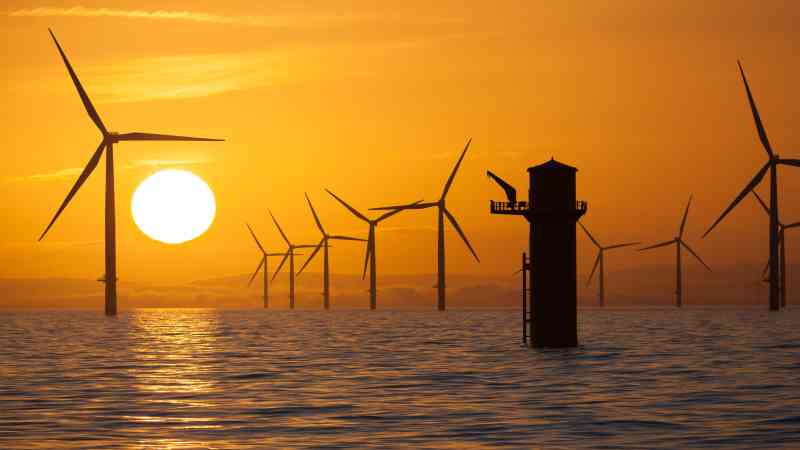New wind farms due to be built towards the end of this decade will add only £5 to household energy bills and will reduce volatility in prices, a leading forecaster has predicted.
A record number of renewable energy projects were secured in the latest annual auction round this week, when 131 won government contracts to deliver clean energy.
The successful developers have secured a “strike price”, which guarantees a minimum that they will be paid for the power they generate. If future wholesale prices are lower than this guaranteed price, developers will receive a top-up payment, but if they are higher, they will repay the excess as a saving to consumers.
• Putting more energy into offshore energy
The nine winning offshore wind projects secured a guaranteed price of £54.23 per megawatt hour, 19 per cent below the maximum amount allowed of £73, in 2012 prices, which was increased from £44 last year.
However, payments to green energy generators are expected to add only 68p a year to energy bills in 2027-28 and only £4.59 by the end of the decade, according to forecasts from Cornwall Insights, an energy consultancy.
The forecasts are based upon a wholesale energy price estimate of £82 per MWh in 2027-28, falling steadily to £72 per MWh in 2030.
However, the cost impacts are expected to rise in later years as more of the larger offshore wind projects are scheduled to come online.
Lee Drummee, a senior analyst at Cornwall Insight, said the increase in bills would be “relatively minimal” and that it was important to consider the broader benefits of having more renewables on the energy system.
“While any increase in bills would be unwelcome, particularly for households already under pressure, it’s crucial to consider the broader benefits of moving towards a renewables-led energy future,” he said.
“The energy crisis had demonstrated the risks of relying heavily on the international energy market, which has had a significantly adverse impact on energy bills. Without investing in renewable energy, we remain vulnerable to price spikes driven by global events. Increasing our own energy generation reduces our exposure to such volatility.”
